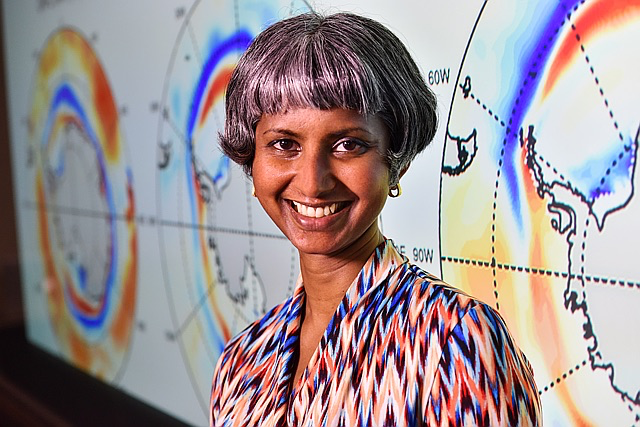An Overview of Antarctic Sea Ice in the Community Earth System Model version 2, Part I: Analysis of the Seasonal Cycle in the Context of Sea Ice Thermodynamics and Coupled Atmosphere‐Ocean‐Ice Processes
Published in Journal of Advances in Modelling Earth Systems, 2020
Recommended citation: Singh HA, Landrum L, Holland MM. (2020). "An Overview of Antarctic Sea Ice in the Community Earth System Model version 2, Part I: Analysis of the Seasonal Cycle in the Context of Sea Ice Thermodynamics and Coupled Atmosphere‐Ocean‐Ice Processes", Journal of Advances in Modelling Earth Systems, AGU CESM2 Special Issue, e2020MS002143, doi: 10.1029/2020MS002143.
Abstract: We assess Antarctic sea ice climatology and variability in version 2 of the Community Earth System Model (CESM2), and compare it to that in the older CESM1 and (where appropriate) real‐world observations. In CESM2, Antarctic sea ice is thinner and less extensive than in CESM1, though sea ice area is still approximately 1 million km2 greater in CESM2 than in present‐day observations. Though there is less Antarctic sea ice in CESM2, the annual cycle of ice growth and melt is more vigorous in CESM2 than in CESM1. A new mushy‐layer thermodynamics formulation implemented in the latest version of the Community Ice Code (CICE) in CESM2 accounts for both greater frazil ice formation in coastal polynyas and more snow‐to‐ice conversion near the edge of the ice pack in the new model. Greater winter ice divergence in CESM2 (relative to CESM1) is due to stronger stationary wave activity and greater wind stress curl over the ice pack. Greater wind stress curl, in turn, drives more warm water upwelling under the ice pack, thinning it and decreasing its extent. Overall, differences between Antarctic sea ice in CESM2 and CESM1 arise due to both differences in their sea ice thermodynamics formulations, and differences in their coupled atmosphere‐ocean states.
